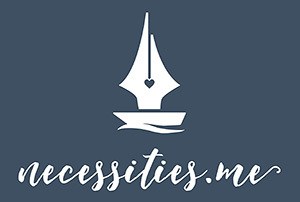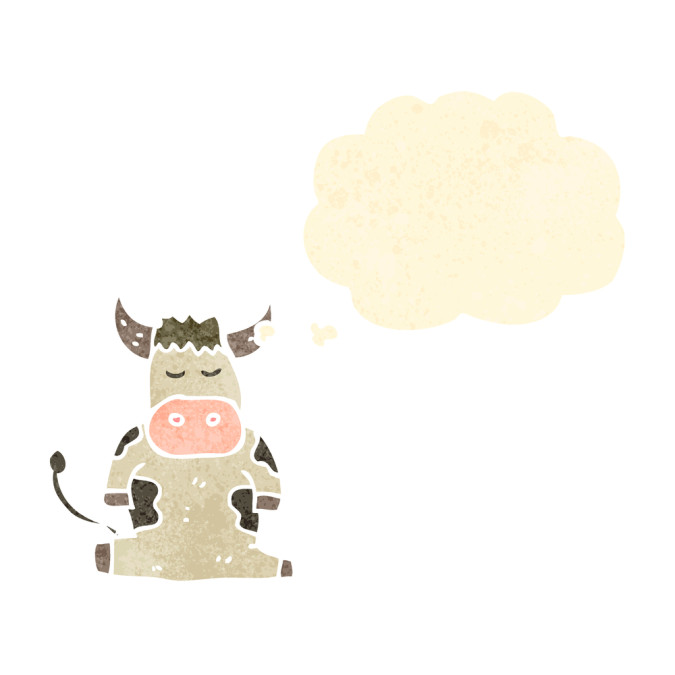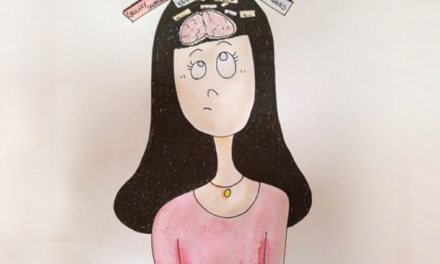The Black Hole of Online Shopping Doesn’t Have to Suck You in
Here’s How to Fight BackW illiam Morris once said, “Have nothing in your house that you do not know to be useful or believe to be beautiful.” I put this quote into practice when I saw two pairs of leggings on the online store ASOS. Convincing myself that they were both useful and beautiful was easy.
When I received the package, however, the items were far removed from that — they were poorly made and were the wrong size. Thus began the arduous process of lodging the returns online, filling in the return form, packing it back up and dropping it off at the nearest post office. Three weeks later, despite multiple efforts, I still haven’t been refunded. That’s when it hit me: did I just chew on “click, buy, easily return” bait?
Because I have little time to wander around a shopping mall, online shopping is insanely convenient. It also exhilarates my monkey-like mind — drifting from link to link in hopes I’d discover that certain “thingamajig” is almost intoxicating. But this overwhelming number of options may actually be dangerous for both our wallets and our well-being.
Studies have proven that we humans have a very finite amount of mental decision-making energy each day. Barack Obama claims to wear the exact same thing every day, saying, “I’m trying to pare down decisions. I don’t want to make decisions about what I’m eating or wearing. Because I have too many other decisions to make.”
Decision fatigue is real. Our brains have a limited ability to deal with an unlimited number of options each day. And when we’re bombarded with unlimited choices online, we’ve gotten all too used to pulling out our credit cards and yielding.
Whether your goal is minimalism or to simply be more attentive to what you buy, there are steps to becoming a more mindful consumer — both online and off.
Identify your buying triggers
Advertising clutter is tricky to avoid. We’ve gone from being exposed to 500 ads a day in the 1970s to as many as 5,000 today. New products are continually brought into our awareness through different outlets, and there is little we can do about it.
Often, shopping is nothing more than a coping mechanism. It’s how we’ve been conditioned to cope with stress and ennui. When we type in a web address and hit ENTER, are we entering a space where an external solution is being offered to appease strife on the inside?
Mindless, repetitive clicking and scrolling can be hypnotic — page after page, a fabricated reality is spawned that we aspire to simulate. This entrapment might cost us several productive hours or, worse, an unwarranted credit card bill. When we find ourselves in this space, asking ourselves how we’re feeling in the moment is helpful. Am I shopping because I’m bored or stressed? What brought me here? Is there something else I can do instead?
Here is what a buying cycle looks like:
- Awareness – Becoming initially mindful of a product.
- Consideration – Evaluating if owning this product would offer a solution to your needs.
- Purchase – When you punch in the credit card number and click BUY.
In order to break the buying cycle, we must intervene at the “consideration” phase. Ask yourself what type of need you wish this product to fulfil — write these needs down! This is where you identify your mental weak link. Are you buying to keep appearances? Do you think it’s going to make you happy? Identifying and clarifying your needs will enable your better judgement to prevail. If you finally do decide to BUY, you’re less likely to experience buyer’s remorse.
The great thing about online shopping is that you CAN self-identify where you are in the buying cycle and choose to bail at any time. You can exit unapologetically. Identifying your buying triggers gives you clarity around your buying purpose and urgency.
(Try this tapping technique to enhance clarity. For more information regarding tapping, read, What is Tapping?)
Administer a time cap
If you’re someone who knows exactly what you want and recognises when to get out, that’s great! But for those who — like me — wander far too easily, online shopping can be an unceasing, time-consuming black hole. Those zooms, scrolls and pins add up to a lot of hours. If you add the additional effort of managing returns (as in my case), it’s a to-do item that refuses to be ticked off. It’s occupying space in your brain and requiring energy to manage.
Here’s an idea: set triggers using the Pomodoro technique (using a timer to break down work into intervals separated by short breaks) or an alarm on your phone. If you do step into the treacherous “online shopping flow state,” the alert will serve as a trigger, making you more mindful.
Streamline your choices
We all have our personal style when it comes to shopping, and this comes with tried and tested experiences — often acquired through manoeuvring complicated choices and making expensive mistakes. This applied experience is, however, quick to take a back seat when we watch a YouTube haul or when a new shopping catalogue arrives in the mail. We suddenly experience a need for something that we weren’t even aware of earlier.
And when you shop online, the multiple categories of items are convenient, but for the easily distracted, it’s a diversion. If you see something you like, you’re likely to create a need for it, thus creating a trap.
Here’s a possible antidote: make a list of stores that you like and items that you need. Making a running inventory of items to purchase is likely to keep you focused on what you truly need, rather than creating new “necessities” on the fly.
Reflect on the intricacies of CHOICES in your life. Do the number of choices you have to make lead you to freedom or paralysis? Is way too much choice stressing you out? Has shopping become a baffling ordeal? Answering these questions will enable you to streamline your choices.
Apply the delay tactic
Let’s say you’ve successfully convinced both sides of your brain and feel justified to add that item to your cart. Try holding off on finalising the purchase for one day. The great thing about the Internet is you don’t have a pesky salesperson wheedling you — use that to your advantage. Save the item for later (a lot of shopping websites allow you to create wish lists) or set an alarm on your phone to revisit your cart a day later. You will be surprised how ephemeral that want can be sometimes. If you have a dither of doubt, allow it time to come to the surface.
Create a metaphorical choice fish bowl
Barry Schwartz is an American psychologist and author of the book Paradox Of Choice. His TED Talk has over a million views and I’ve found it to be thought provoking. The western industrial society would like us to believe what he refers to as ‘’official dogma.” The dogma says that if we’d like to maximise the welfare of our citizens, we do this by maximising individual freedom, and the way to maximise freedom is to increase choice. There is a directly proportional relationship that the more choices people have, the more freedom they have and the more welfare they experience. Barry encourages us to investigate this belief!
MORE FREEDOM + MORE CHOICE = INCREASE IN WELFARE
I visited my local grocery store and found over 10 Dim Sum choices in the freezer section. I had the “freedom” to pick whatever I liked, but I only felt overwhelmed with too many options and pressure to pick the “most perfect” one.
Additionally, most of these choices had shrimp as the main ingredient, and the country of origin was Thailand. Several weeks later, I learned about human trafficking in the Thai fishing industry. Thailand has become the world’s largest exporter of shrimp. This cheap and plentiful shrimp comes at a cost of human lives, where Burmese and Cambodian migrants are enslaved. (Read more about how the Thai fishing industry traffics, imprisons and enslaves here.)
If I believe the western “dogma,” I was allowed greater individual freedom through several choices. Did I see that equate to increase in welfare? If I begin peeling layers, the answer is NO. In fact, I felt worse upon making that purchase.
If increase in choices is causing a decision paralysis, less satisfaction, increase stress and decrease in happiness, Barry suggests that we all create a metaphorical “fish bowl” of choices. Instead of swimming in a sea of unlimited choices, we exercise mindful constraint and follow our own path to thoughtful consumption, whether online or at the grocery store.
How can we truly begin to change our buying habits? A profound lesson I learned from a girl named Suma, who was rescued from bonded slavery in the documentary Girl Rising, is this: “I’ve seen where change comes from. When it comes it’s like a song you can’t hold back. Suddenly there is breath moving through you and you’re singing and others pick up the tune and start singing too. A sweet melody goes out in the world and touches the heart of one person, then another and another…”
Change starts with what is closest – it starts with you!
Words To Grow By
Before finalising a purchase seek to answer the following questions
WHY am I here? HOW do I feel? Do I need this? What if I wait? How will I pay for it? Where will I put it?





